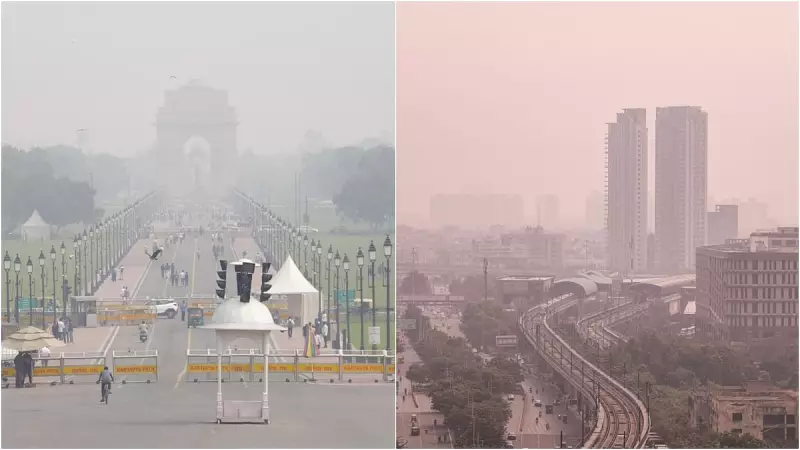
The morning after Diwali celebrations, Delhi residents woke up to a thick blanket of toxic smog as air quality levels plummeted to severe categories across the national capital. Despite government assurances about environmentally-friendly celebrations, the city's air quality index (AQI) crossed the dangerous 400-mark at multiple monitoring stations.
Pollution Peak Post-Festivities
Firecrackers lit during the Festival of Lights contributed significantly to the alarming spike in pollution levels. Monitoring stations across Delhi recorded AQI values well into the 'severe' category, with some areas witnessing readings that posed serious health risks to residents, particularly those with respiratory conditions.
Green Crackers Fail to Deliver
The much-touted 'green crackers' initiative appears to have made little impact on containing the pollution surge. While authorities had promoted these environmentally-friendly alternatives as a solution to reduce emissions, the post-Diwali air quality data suggests their adoption remained limited among celebrants.
Health Advisory Issued
Medical experts have issued urgent health advisories, recommending that vulnerable groups including children, elderly citizens, and individuals with pre-existing respiratory conditions limit outdoor exposure. The hazardous air quality levels can trigger asthma attacks, bronchitis, and other serious health complications.
Visibility and Transportation Impact
The dense smog layer significantly reduced visibility across the city, affecting road and air transportation. Early morning commuters reported poor visibility conditions, while flight operations faced potential disruptions due to the deteriorated air quality.
Environmental agencies continue to monitor the situation closely as Delhi grapples with what has become an annual environmental crisis following Diwali celebrations, raising questions about the effectiveness of current pollution control measures during festive seasons.





